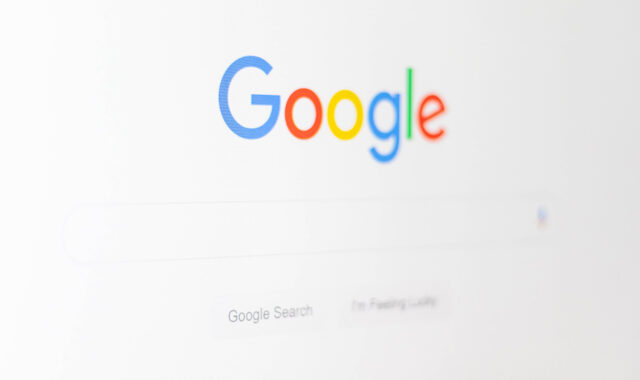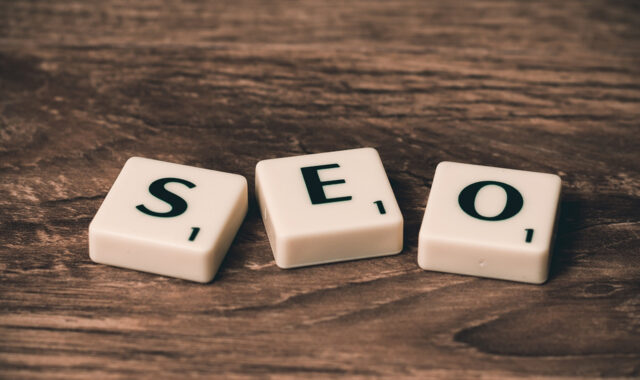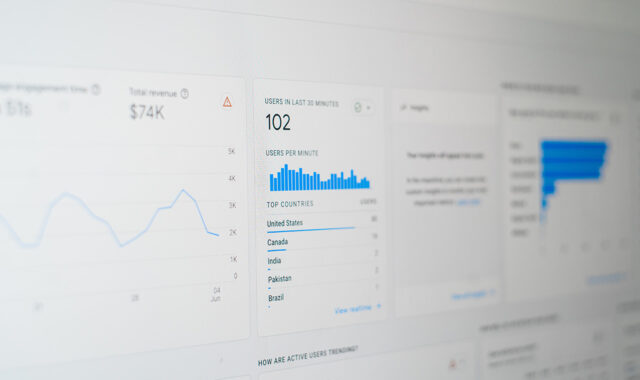SEO 101 | What’s On-page SEO, and how to set it up?
If you’re still unsure about where to start, we can help.
With our free tips and guidance, you can build a better digital marketing setup. But if you don’t have the time or resources to manage it all on your own, we can support you. Get in touch to find out how.
As the name suggests, ‘On-page SEO’ is the improvement you make to your web page to rank higher on the SERP and get more visits and engagements. These changes are done to impact both user experience and the technical side of things. In other words, they are adjustments that focus on making things easy and enjoyable for your visitor, and for search engines.
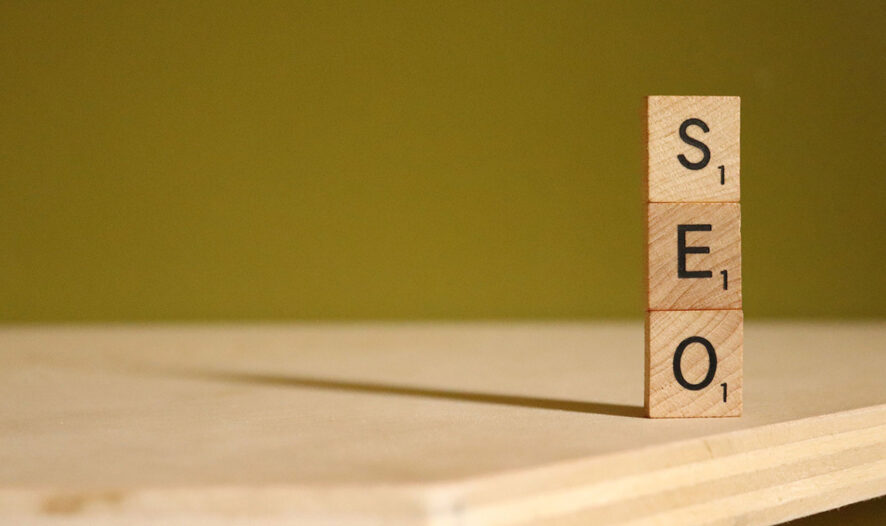
How do I set up my on-page SEO?
There are several key areas you should pay attention to when crafting an on-page SEO strategy that works for your business, as you’ll see below.
1. Keyword research
You need to know the terms your target consumers use to look for your business, blogs, products, or services online. These terms are called keywords and should be included in your on-page SEO efforts.
You can work with an SEO specialist to build a list of keywords to target on your website pages. To help you search for the right keywords, we recommend using tools like:
- SEMrush.
- Ahrefs.
- Google keyword planner.
- Answerthepublic.
- Ubbersuggest.
2. HTML title
When people type your page-related keyword on a search engine, HTML titles or title tags are the headings they see that indicate what the page is all about.
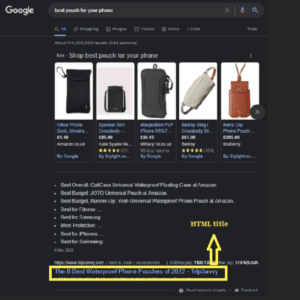
It’s crucial to make your HTML title clear and promising so that your potential consumers can find it more tempting to check out your page.
While at it, try to include your primary keyword in the title. This will ensure your page appears for the correct key terms.
3. Meta description
Like the HTML title, your meta description is tied to the search result part of your page. It’s the short description you see under the HTML title.

This is a good place to reinforce your promise on the title, telling your potential visitors what the page offers and why they should click on it.
4. Page URL
Your URL is the string of letters above your HTML title, forming your website page address.
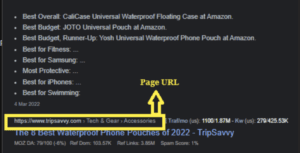
It’s good to make your URL simple and hierarchical to help search engines and visitors easily navigate through your website.
5. Header
Your page headers are another crucial element to focus on. They help add hierarchical structure to the content on your page. But most importantly, they tell search engines which section of your page to highlight based on a user’s search intent.

As such, use the H1, H2 and H3 tags in a logical order, from the introductory headline, subtopic and subheadings to the conclusion. Also, try to include other secondary and primary keywords in the headings to boost your site’s chances of getting picked for a consumer search intent like in the image above.
6. Content optimisation
This area focuses on the elements that make quality content, such as:
- Tone.
- Flow.
- Information quality.
- Design.
- Content breakdown (like bullet points, subheadings, shorter paragraphs, etc).
- Proper keyword placement.
- Images.
- Call to action.
Your goal here is to make your content feel natural and be easy to navigate for your readers. Having the right content strategy for your business limits bounce rates while positively impacting your conversion rates and SERP ranking.
7. Image alt-text
Sometimes your potential consumers aren’t searching for articles or videos. They’re just after images. Attaching the right alt-text to your image helps search engines offer your photos to browsers who are searching for something similar.
This can be a great way to get more discoveries from image-based searchers. But remember, always try to make the alt-text for your image short, descriptive and to the point.
Considering and including all the elements above when setting up On-page SEO will maximise your site’s searchability and help it get noticed by the right audience for the right purpose. For more tips on SEO check out our series of blogs on SEO 101.


Support Services
Explore our services to see how we can support you.
We work with clients of all sizes, ambitions, and expectations, and with budgets that start from as little as £150pm to over £1.5m each year. Explore our simple-to-understand packages that take the pressure off, so that you can focus on what you do best.

Get a free website health-check.
Find out if your website is depriving you of visitors. Request our free website health-check to identify common issues with speed, user experience, and performance. We’ll deliver this in a clear report along with some basic recommendations and quick fixes.
Learn more about health-checks
Frequently asked questions
-
Off-page SEO’ refers to all the actions you take outside your website to drive more visitors and engagement – called ‘link building’. We’ve explained it here in more detail.
-
Absolutely! Here are five online tools that can be incredibly helpful for your content design needs, and the best part is they’re free!
-
Site engagement is the actions visitors take while on your website. This analysis includes various performance indicators that allow you to determine if your page offers value to your visitors and which areas to improve. Here are some tips to help you with that.
Start a Conversation
Request a call-back to see how we can support your digital growth.

